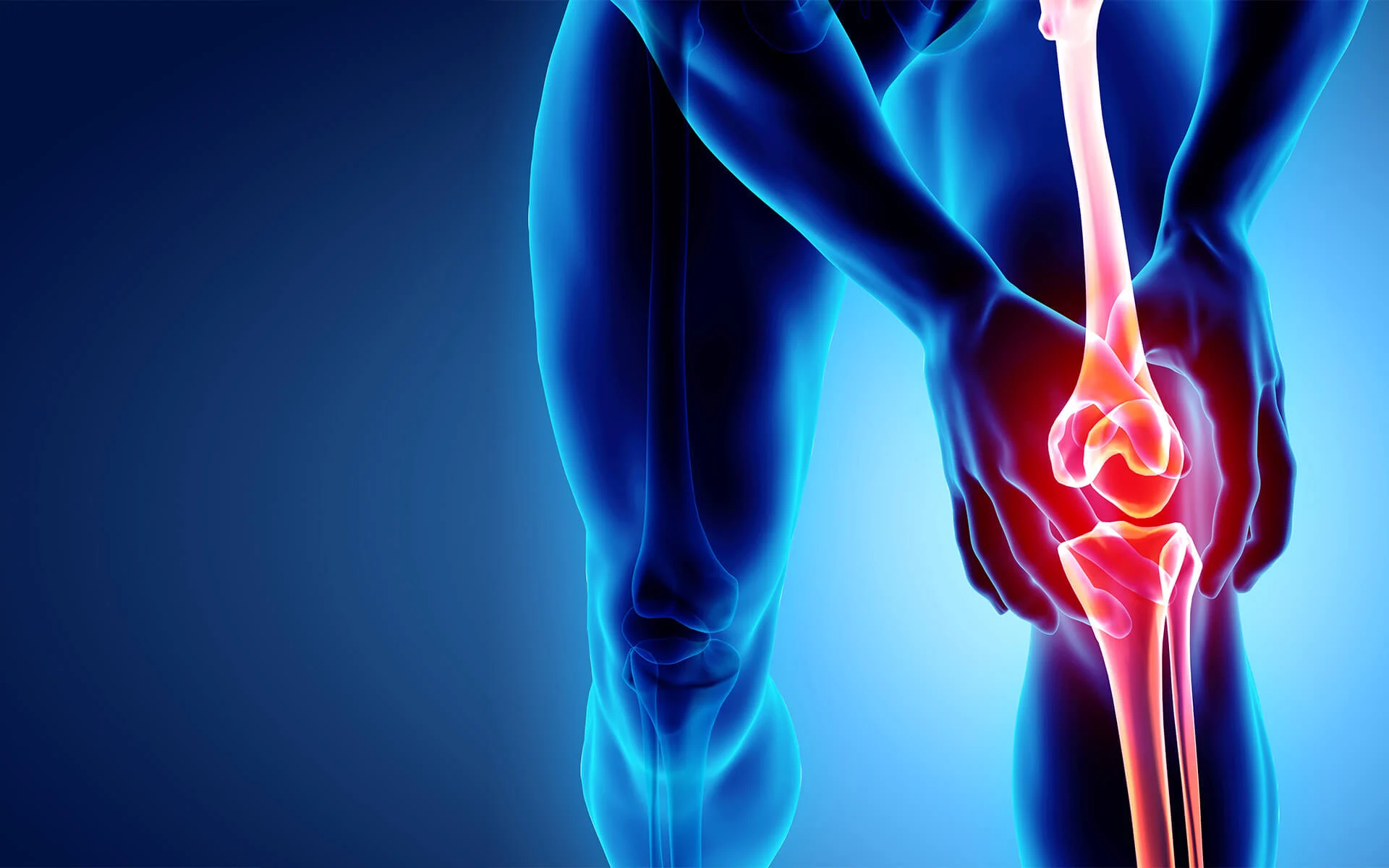This surgery offers a special advantage when used to treat skin cancer. The surgeon might observe the cancer’s final location while performing surgery. Other skin cancer treatments are not capable of accomplishing this. The rate of cure after Mohs surgery is high. Due to the fact that the surgeon only removes the skin that contains cancer cells, Mohs allows you to maintain as much healthy skin as possible.
This is crucial when skin cancer appears on an area with minimal tissue underneath, such as an ear, hand, or eyelid. The tissue margins are frequently not checked completely or may not be checked at all during skin cancer therapies, and pathology reports are frequently delayed. This may lead to a cancer recurrence and multiple surgical procedures. Mohs surgery has a 99% success rate, as shown by research. To learn more, visit Mohs surgeon Glen Allen, VA.
What Is Mohs Surgery, And What Role Does A Surgeon Play?
A select group of individuals should consider Mohs surgery, regardless of the type of skin cancer they have. You must have one skin cancer or several closely spaced skin tumors. Any form of surgery can be scary. You can feel more at ease if your dermatologist suggests Mohs if you are aware of a few details. Mohs has a high rate of success. In order to treat the cancer, your surgeon will remove the least amount of skin possible.
The surgeon uses slow Mohs surgery, a modified variation of Mohs surgery, to treat melanoma. Because the patient must wait longer for the findings, it is called slow. The surgeon cannot examine the skin that has been removed and determine whether or not it contains cancer cells immediately. In addition to having delayed pathology results, many skin cancer treatments evaluate the tissue margins only partially or not at all.
This could result in repeated visits to the operating room and the return of the tumors. A characteristic aspect of the Mohs method is the instant evaluation of the “tissue margin,” or outermost border of the specimen, to ensure the malignancy has been eliminated. -Mohs uses horizontal as opposed to vertical sections to process the specimen.
What Are The Advantages And Disadvantages Of The Mohs Surgery?
Mohs surgery has a high cure rate of around 99% for skin cancer and offers benefits such as complete removal of cancer, precise tissue removal, minimal loss of healthy tissue, and same-day surgery and repair. However, it may not be necessary for small, low-risk cancers or unsuitable for elderly or frail patients. Mohs is also unsuitable for all types of skin cancer and can be expensive.








